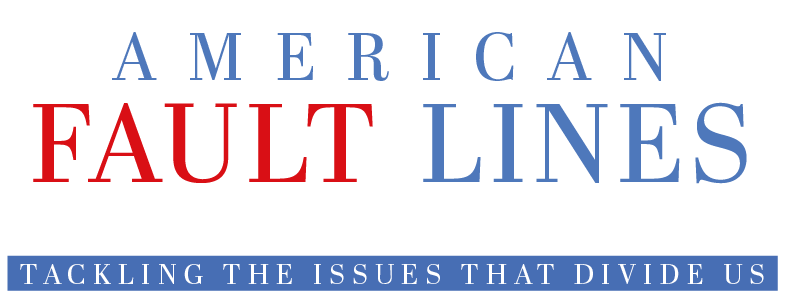Internet.com (Oct. 16, 2000)
No matter where visitors turned in the exhibit hall at last month's National Association of Broadcasters (NAB) convention, it seemed there was some vendor hawking The Next Big Thing in streaming media or e-commerce solutions.
But the solution that wasn't on sale was the one that answered the question on the mind of every station executive in the room: "How do I make a profit on this stuff?"
"I don't think anyone has it figured out yet," says Tim McCarthy, general manager of WABC Radio New York, which has the largest audience of any traditional broadcaster streaming on the web. "The upside for incremental revenue is huge, but in terms of nailing three, five hundred thousand in revenue, we're not even close."
McCarthy shouldn't complain too much. His station, which is streamed by RealBroadcast Networks, is a rarity in the world of Internet radio; its web site is actually in the black, making a $250,000 annual operating profit (if you don't count the technology investment, which McCarthy won't talk about). But that's a drop in the bucket in the New York market.
Is anybody else making money? "Nope," says radio industry consultant Fred Jacobs. "Everybody's flailing around trying to find a way to make it work."
And it's not just traditional broadcasters who are trying to turn red ink into black.
"If I could sell 100 per cent of my inventory this minute, we'd be profitable," says Eric Paulson, the new chairman of NetRadio Corporation, which owns five of the ten most listened-to web channels according to the latest Arbitron ratings. And how close are they? "We're nowhere close."
Subhead: Investing in potential
What has everyone excited is the medium's potential ability to target streaming audio ads to each individual listener. Companies like the Coollink Broadcast Network, which provides turnkey web solutions to terrestrial broadcasters, insert streaming ads based on demographic data captured during an opt-in registration process.
"What we're doing in layman's terms is providing interactive rich media over the computer which creates the highest return on investment for the advertiser and the most relevant content to the end user," says Coollink President & CEO Grant Wynn.
That translates to mean ads targeted to the specific age, gender and zip code of the visitor. Some broadcasters would argue that is what radio has always done.
"We are narrowcasting to a much tighter stream," counters NetRadio's Paulson. "If Mercedes wants to advertise their new under-30 C-Class car, we can reach the audience that wants it. We're not going to waste one nickel on somebody who's looking for a Chevy pickup. No terrestrial broadcaster can say that."
As with banner ads, the technology exists to capture a far higher level of information about the visitor -- or, in this case, the listener -- and insert ads specifically targeted to that individual. But no one is rushing to try it.
"Targetability should not be the first issue because we have not reached critical mass," argues Bo Overlock, managing director of RadioWave.com, which operates music channels in partnership with MSN, Rollingstone.com and other sites.
"If an ad agency asks me to target at that level they are asking me to slice a small piece of the piece even smaller. To target like that now I'm going to be shooting something to two people in Cincinnati and eight people in Miami."
And therein lies the heart of the challenge facing anyone trying to make money in Internet radio right now -- small audiences scattered across the face of the earth.
"When you look at the number of people who are listening and how far flung they are, you have to ask, 'what do you do with that?'" observes Terry Gillingham, GM of KPIG, the first traditional broadcaster to stream its signal. Though it is only a 2,800 watt station in a little town outside Santa Cruz, CA, KPIG has the tenth largest audience of any web channel. "I've got one person in Scotland listening, is my advertiser interested in reaching that person?"
Web streaming evangelists have a ready answer to that.
"The model works in the aggregate," argues Ron Rivlin, VP of Hiwire, Inc., which handles ad insertion duties for Christian Pirate Radio and several other webcasters. "If a local station wants to do this on their own, it's not going to work. But in the aggregate, take all those audiences all over the world [and sell that] and it gets impressive."
Subhead: Cutting through the hype?
But it all gets back to potential. The potential to narrowcast a Cincinnati car dealer's ad out to select listeners in Cincinnati while doing the same for his counterpart in Albuquerque; the potential to band together enough stations and channels around the world to launch a precision strike on a highly targeted consumer group and make it worthwhile for the advertiser.
"We've got it down to where we know the cookies that are on the chamber music channel versus the maestro channel," brags Paulson of NetRadio, which releases a new player next month that it says will capture an even greater detail of preferences.
The problem is critical mass. Talk to a half dozen companies in the web streaming business and you are likely to keep hearing the same thing: We've got loads of clients signed up, we just can't talk about it yet.
"I had a friend at the NAB who spent most of his time just going around to all these companies trying to figure out if any of them could actually do what they claimed they could do," reports Tom Taylor, editor of the radio industry newsletter M Street Daily. "He heard a lot of hype and very few specifics."
One of those companies was Feed The Monster Media, a web content provider and developer which touted itself as "the leading Internet solutions provider to major-market radio stations."
On Friday, after a week in which the seven sites it had built for CBS/Infinity intermittently went dark, management issued a statement announcing that it had suspended operations "due to its continuing cash shortfall."
That's exactly the kind of thing that makes McCarthy of WABC nervous.
"It's almost like going into a dark room with your hands in the air," says the New York GM, whose current web revenues come from banners and other sources, not streaming audio ads. "You know it's the right room, but you're not sure how fast you should walk yet."
Next week: Is the ad industry buying web radio?


